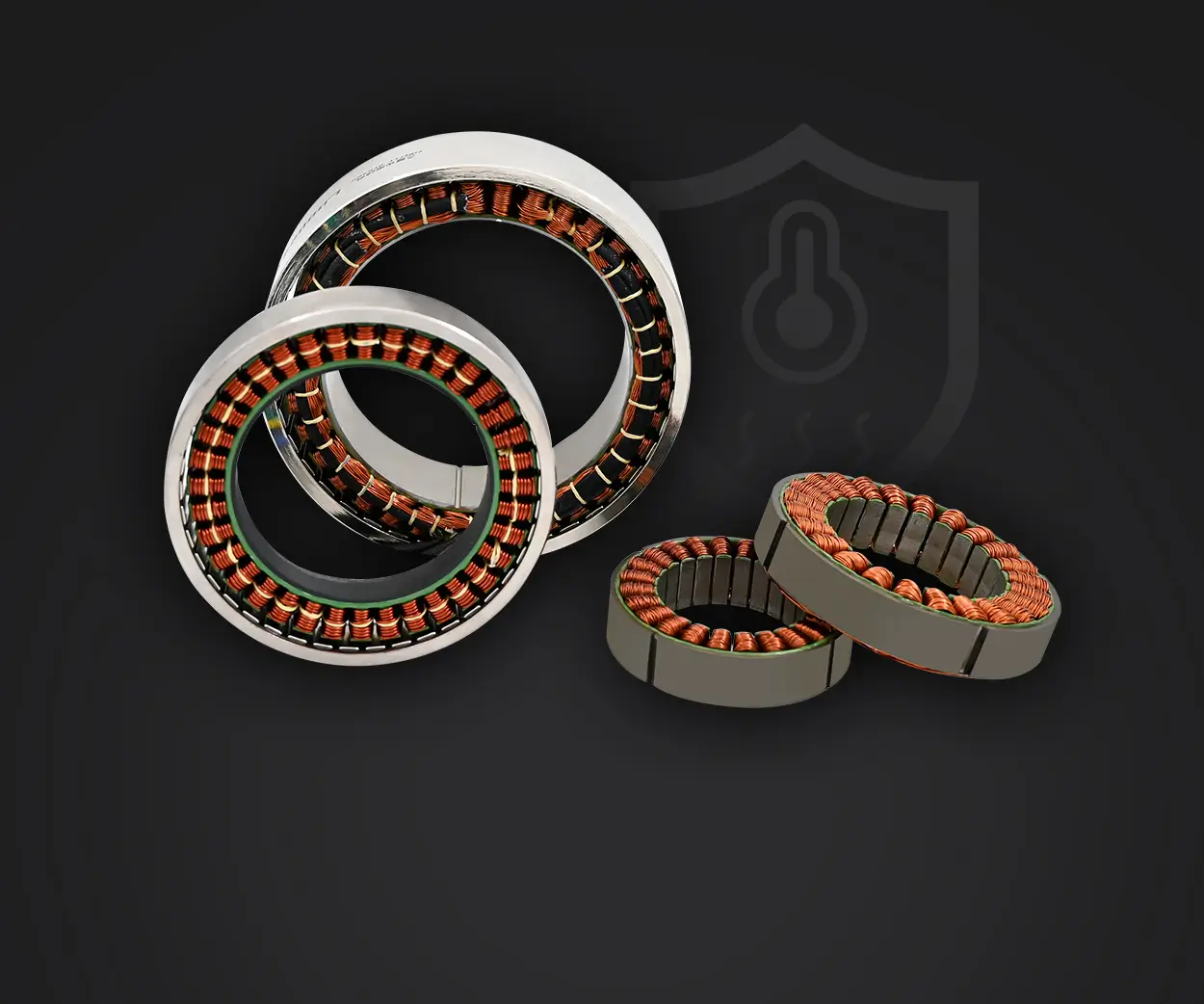When you’re thinking about upgrading your drill, one of the biggest decisions you face is whether to go with a brushless motor or stick to a brushed motor. It sounds simple, but it’s actually a choice packed with implications, especially if you aim for that perfect balance between power, durability, and efficiency. Let’s peel back the curtain on these options so you know what’s really going on beneath the surface.

Brushless motors are the new kids on the block, and they’re causing quite a stir. No brushes rubbing against a commutator means fewer parts that wear out. That translates into a longer lifespan—think of it like upgrading from a bicycle to a motorcycle. Less friction, less heat, and a more efficient transfer of energy, making your drill not just last longer, but also work smarter. You’ll notice less maintenance because there's no need to replace brushes as often. Plus, brushless motors generally pack a punch with higher torque and better speed control, which means you get more precise work, whether you’re drilling into concrete or just assembling furniture.
On the flip side, brushed motors have been around for ages. They’re the classic model, simple and straightforward. The brushes make contact with the commutator to transfer electricity, but that contact creates sparks and wear over time. It might seem old-fashioned, but it also means they’re cheaper upfront. For those who use their drills occasionally or are on a tighter budget, brushed motors can still get the job done without breaking the bank.
Now, thinking about real-life use — let’s say you're tackling a project that demands high torque and frequent use. That’s where brushless motors shine. The efficiency and power delivery can cut your work time down and keep your tools running smoother longer. If you’re just fixing a few shelves here and there, a brushed motor might be enough—and it’ll often still be reliable.
But what about heat? Ever noticed how some drills get burning hot after a long session? Brushless motors generate less heat because they’re more efficient, which means less cooling needed and fewer chances for overheating. Imagine working in a tight corner, and your drill remains cool — that’s a real plus.
And let’s talk about noise. Brushless motors are often quieter, making your working environment a bit more tolerable, especially if you’re often in tight or noisy spaces.
Do you need a drill that just gets the job done without fuss? Or are you eyeing something that offers long-term savings and superior performance? If it’s the latter, then a brushless motor is likely your best bet. But if cost is a major concern and your projects are occasional, brushed could still work.
So, ask yourself: Are you looking for something that offers better efficiency, longer lifespan, and more power? Or will a more affordable, simpler design suffice? Either way, companies like KPOWER are constantly refining their brushless offerings to give you top-tier performance—more power, less hassle.
The bottom line? It’s about matching the tool to your needs. Whether you pick a brushless or brushed drill, knowing their strengths and weaknesses makes all the difference. And honestly, once you experience the quiet, smooth operation of a brushless motor, it’s hard to go back.
Kpower has delivered professional drive system solutions to over 500 enterprise clients globally with products covering various fields such as Smart Home Systems, Automatic Electronics, Robotics, Precision Agriculture, Drones, and Industrial Automation.




































